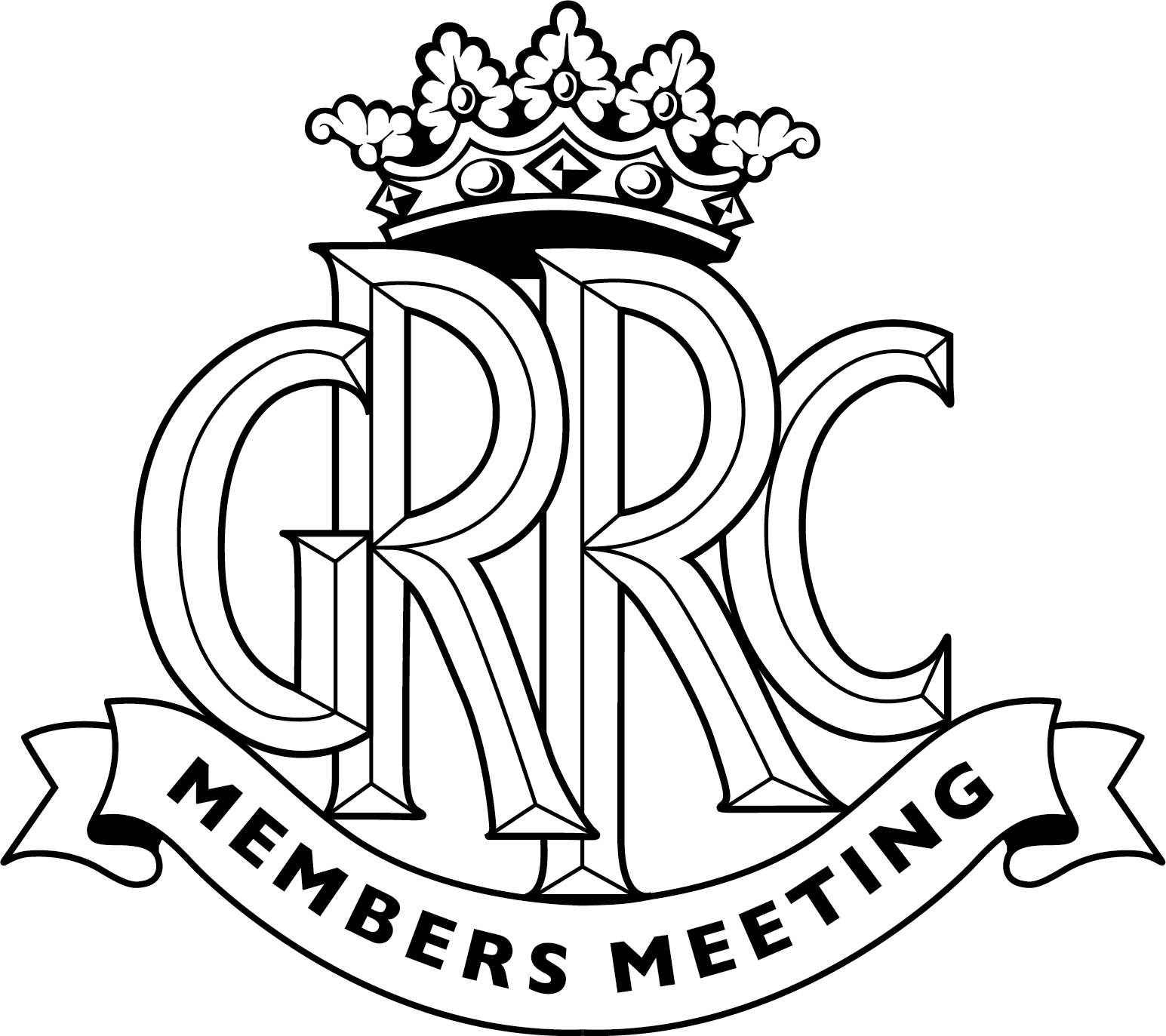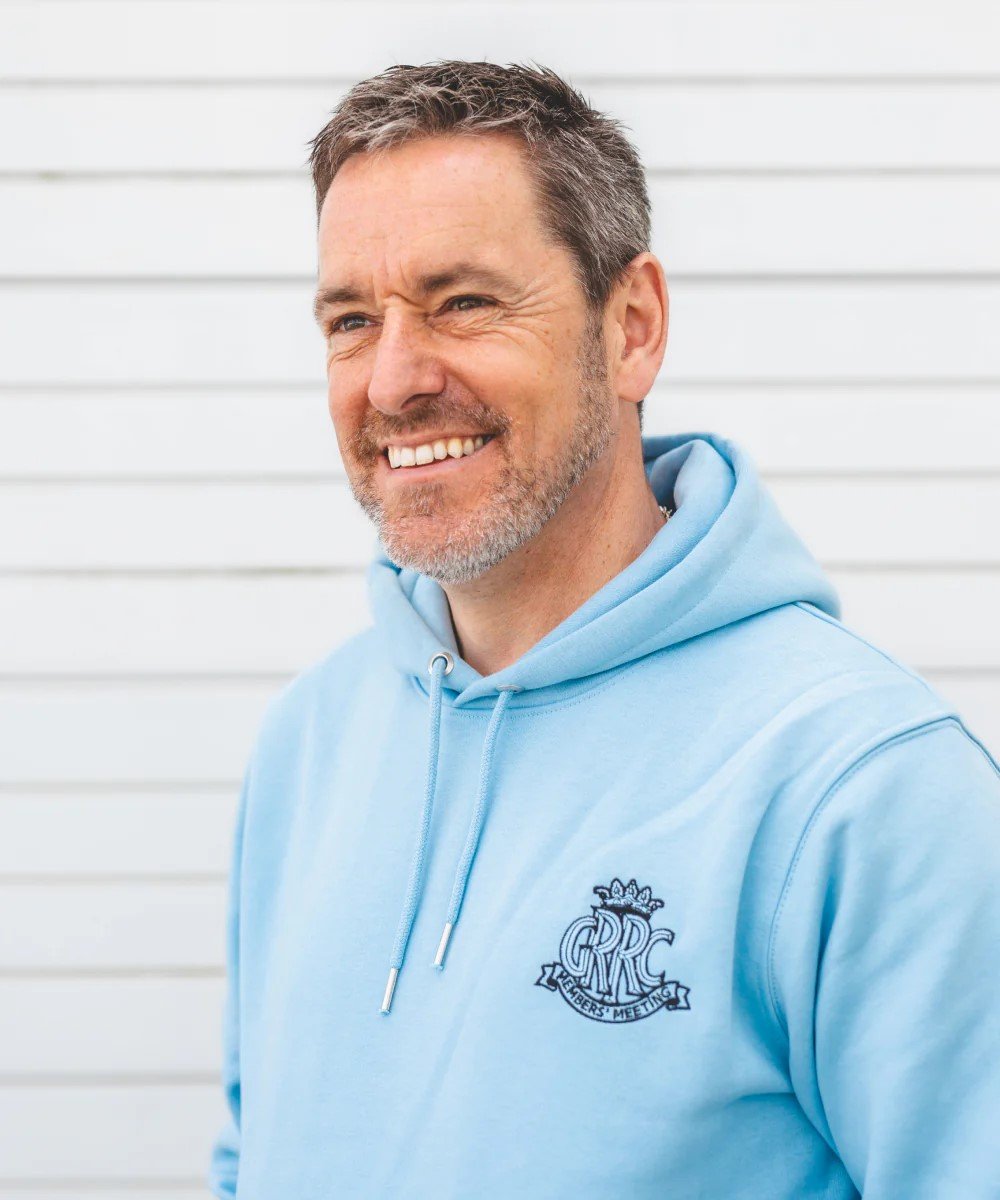Thank Frankel it's Friday: Welcome back my favourite Goodwood race
 Andrew Frankel
Andrew Frankel
Doesn’t matter where you go or what you go to see, there is nothing like the S.F. Edge Trophy race at the Goodwood Members’ Meeting. I always hesitate before using the word – but I think we can call it unique. Yes, you can see some of the Edwardians that take part racing elsewhere, but never in such rich and varied combinations and, of course, not at Britain’s most challenging and rewarding circuit, and never with the atmosphere that accompanies that particular meeting. The race is grounds all by itself to go to the Members’ Meeting.

Apart from this year. This year there was no S.F. Edge Trophy, the race being parked in favour of the Bolster Cup, a fixture for new-fangled machinery full of modern techno-wizardry, some built as recently as 1935. So you can imagine my delight in learning the news that for the third time in four meetings, the S.F. Edge Trophy is back, the very first race of the 77th Members’ Meeting to be confirmed.
What it is about this race that has made it such a Goodwood favourite? Well it’s partly that the tall, ungainly machines are entirely unlike any you’ll see racing at Goodwood at any other time. But there’s so much more to it than that.
Most of all it is, of course the cars. In the 2017 race the average – average note – engine size was 8.6-litres, nearly three litres more than the very biggest engine in any other car in any other race on the fixture list. But within that, the variety is staggering: the biggest engine belonged to the 28.3-litre ‘Beast of Turin’ Fiat S76 driven by Duncan Pittaway, the smallest a mere 3-litres under the bonnet of the TT Bentley driven by, er, me.
But what surprises the crowds even more is the racing. I think many expect these cars to be like dancing bears – the quality of the dance not being the point, so much as the fact that they dance at all. It’s great that these cars can even spark into life for long enough to wobble around Goodwood for a few laps, but proper racing? Anyone who has seen an S.F. Edge race will know the answer to that. These may be the slowest cars to race at Goodwood, but so too are they among the most electrifying to watch.

From a competitor’s point of view, what I love most about this race is the way people drive. If, as most of us are, you are racing a car with skinny beaded edge tyres, an exceptionally high centre of gravity, brakes on the rear wheels alone as well as all the usual distractions of cars that are 100 or more years old (centre throttles, crash gearboxes, having to pump the fuel by hand etc.), you can’t be messing about out there – especially at Goodwood. And of all the races I’ve done, not just at the track but anywhere, the overall standard of driving is the highest.
If there’s a question I am asked more than any other when talking about this race, it’s ‘who the hell is or was S.F. Edge’. It seems the name of Selwyn Francis Edge is not quite as easily recalled as a Moss or a Clark. So briefly and for anyone still unenlightened; Edge was a pioneer in the early days of the car, although his career in the business lasted until they were a very mature product indeed.
An Australian by birth, Edge came to the UK aged three in 1871 and first made his name as a cyclist. He was instrumental in the establishment of Napier as Britain’s first truly successful racing marque, winning his class in the 1900 1,000-Mile Trial. He then won the 1902 Gordon Bennett Cup race from Paris to Innsbruck, though it should be said largely by dint of being the only one of the six competitors to finish the race. But his achievement in setting a new 24 hour driving record of 66mph at the yet to be opened Brooklands in 1907 should be recognised as a quite extraordinary feat for the era. Indeed the record would stand for 18 years and when it finally fell, he took it back again aged 54 in a Spyker, averaging 74mph over two 12 hour sessions, night driving at Brooklands having been banned.
In business in addition to his interest in Napier, he was involved in selling De Dions and Gladiators and would eventually take over AC Cars. He retired from the industry when AC proved unable to weather the 1929 crash and went into liquidation. Edge died in Eastbourne in 1940.
Andrew Frankel
77MM
S.F. Edge Trophy
S.F. Edge
2019
Pre-War






































































